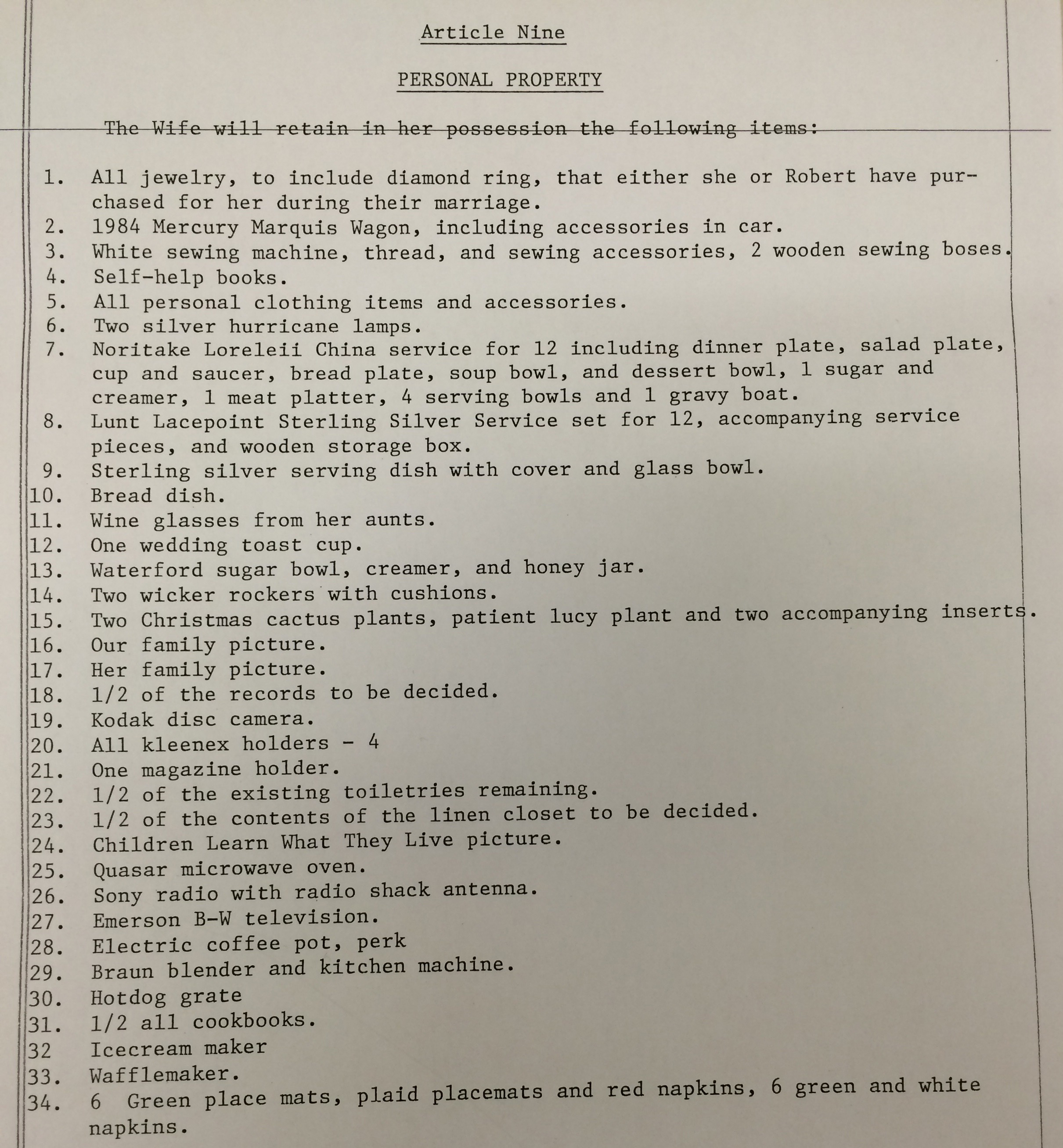Three months after Robert Joseph Ferrante married Diane McLaughlin in Boston in August 1971, Autumn Marie Klein was born in Baltimore.
Bob lived an entire life before Autumn graduated from high school, raising two children in a white, two-story, wood-frame Colonial in Canton, Mass., while she spent her early years in a red-brick, three-story rowhouse with her cousins in the adjoining house.
Throughout the 1970s, he worked in a Waltham medical center where his responsibilities included putting down lab animals to study the effects of hunger on rat brains and the maturation of the cerebral cortex of monkeys in increasing seizure activity.
Autumn and her cousin Sharon — a year older and as close as a twin — played "Best Mall," a carefully designed place with a medical clinic where their patients were stuffed animals. Cupcake, a Pillsbury Doughboy beloved by Sharon, received new teeth made out of white nail polish. Autumn surgically removed Mousy's red felt tongue to keep the creature from tattling on her.
In 1995, the lives of Bob and Autumn intersected. The forces that brought them together began long before.
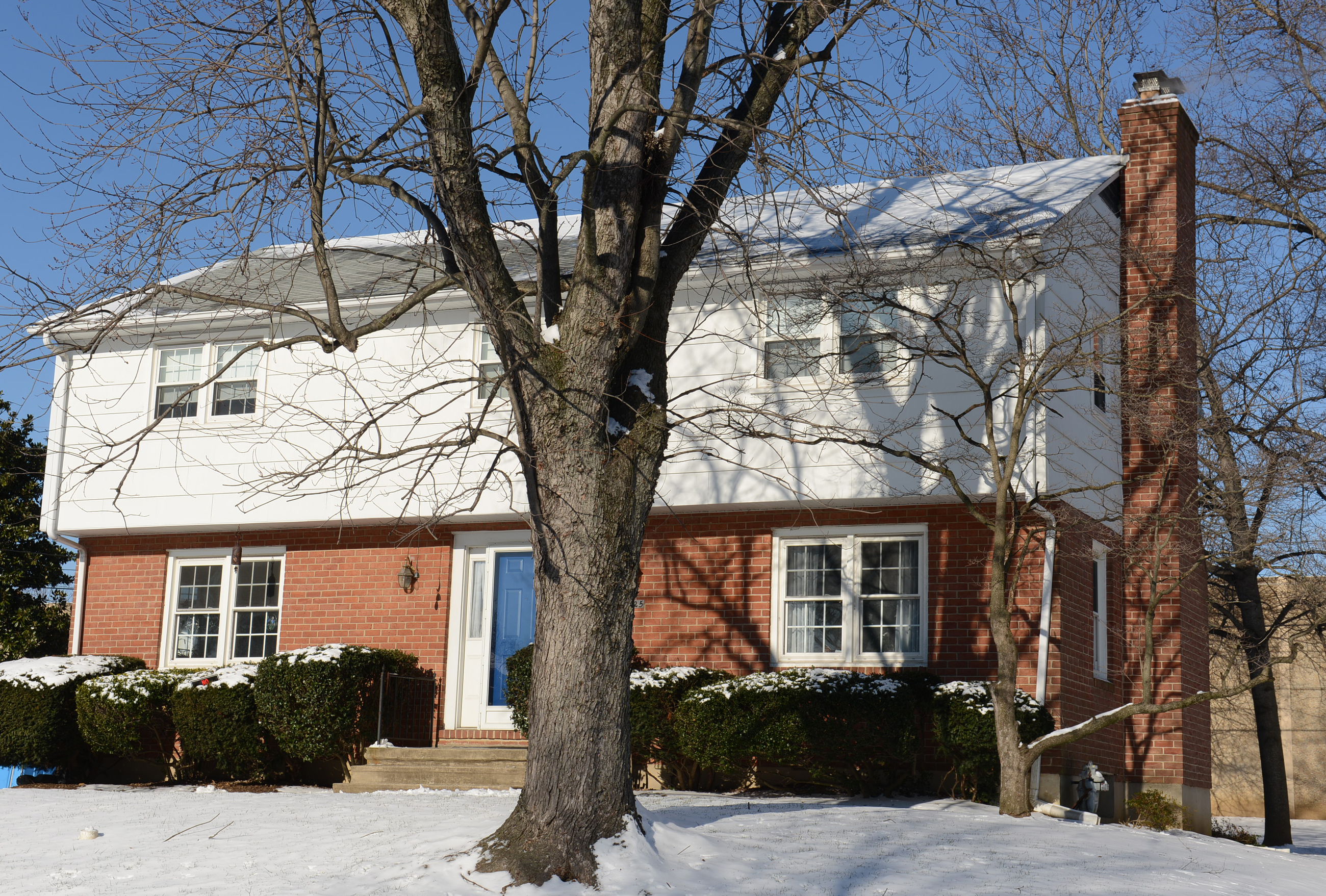
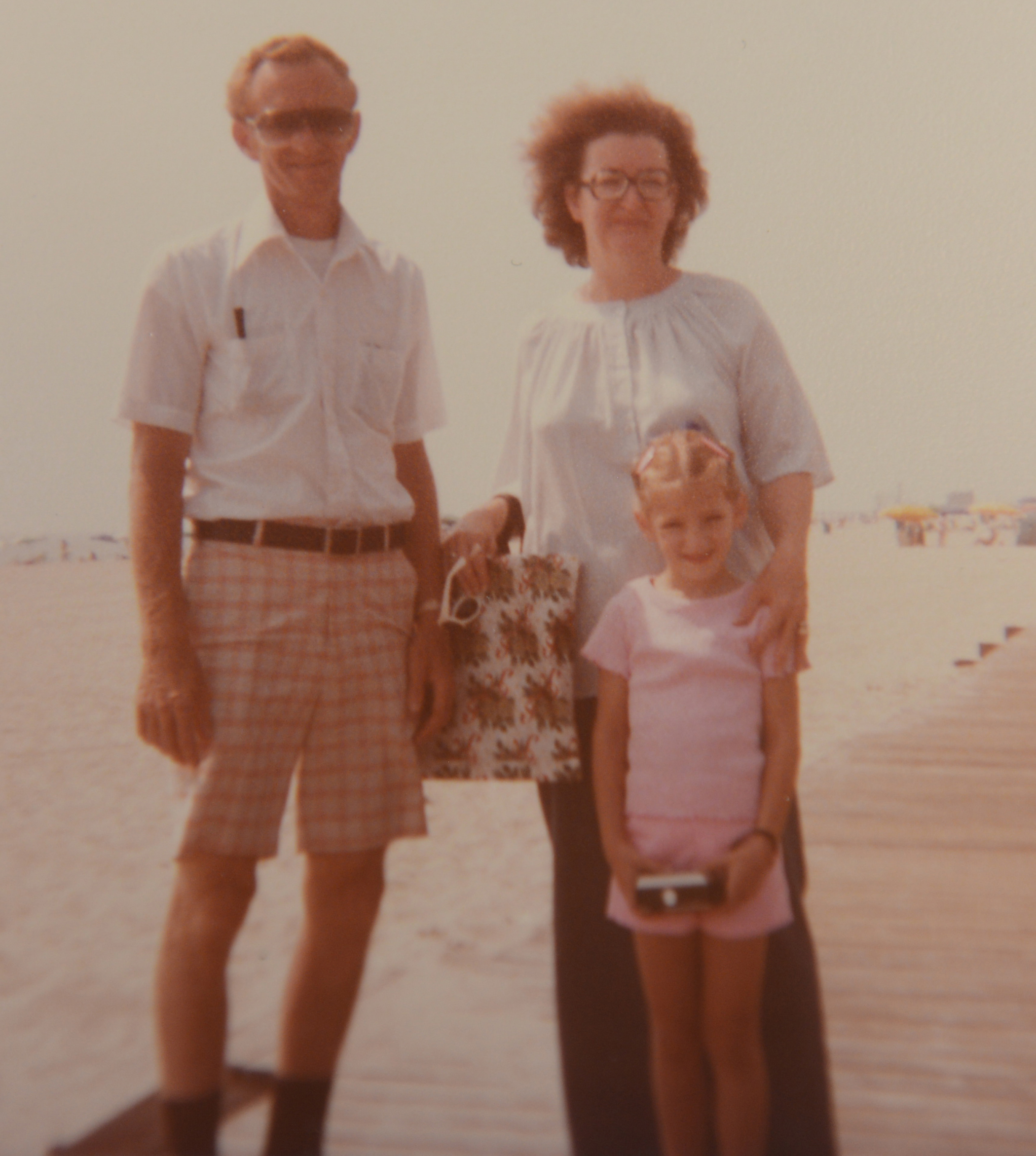
William and Lois Klein began dating when she asked him for a ride home from her duckpin bowling league. They were married on Feb. 22, 1964. Their only child, Autumn, was born seven years later.
Living next door to the family of Lois' sister, Carolyn, Autumn grew close to her cousin Sharon — so close they developed their own language so their families couldn't understand them.
"I had the street smart, and she had the book smart," said Sharon, "so, together, we were the perfect person."
Sharon had her own bed in Autumn's room and spent weekend mornings with Aunt Lois cooking breakfast while Uncle Bill played music from the 1950s and danced the girls around the kitchen.
Lois, who worked for the IRS, and William, an electrician, worried about the possibility of their daughter being exposed to illegal drugs, so for sixth grade they enrolled her in St. Paul's School for Girls, an Episcopal school a few miles from their home. Autumn excelled there, and a seventh-grade biology class got her interested in the sciences.
Bill was easygoing, Lois was loving — "One of the most comforting places I know on this planet is her lap," Sharon said — but demanding.
Autumn strove to live up to her mother's standards.
The mostly quiet teen joined the drama club, got lead roles, and found she loved being on the stage.
Even though Sharon went to a different high school, Autumn got her on the stage crew at St. Paul's helping with set designs and lighting.
The two remained inseparable.
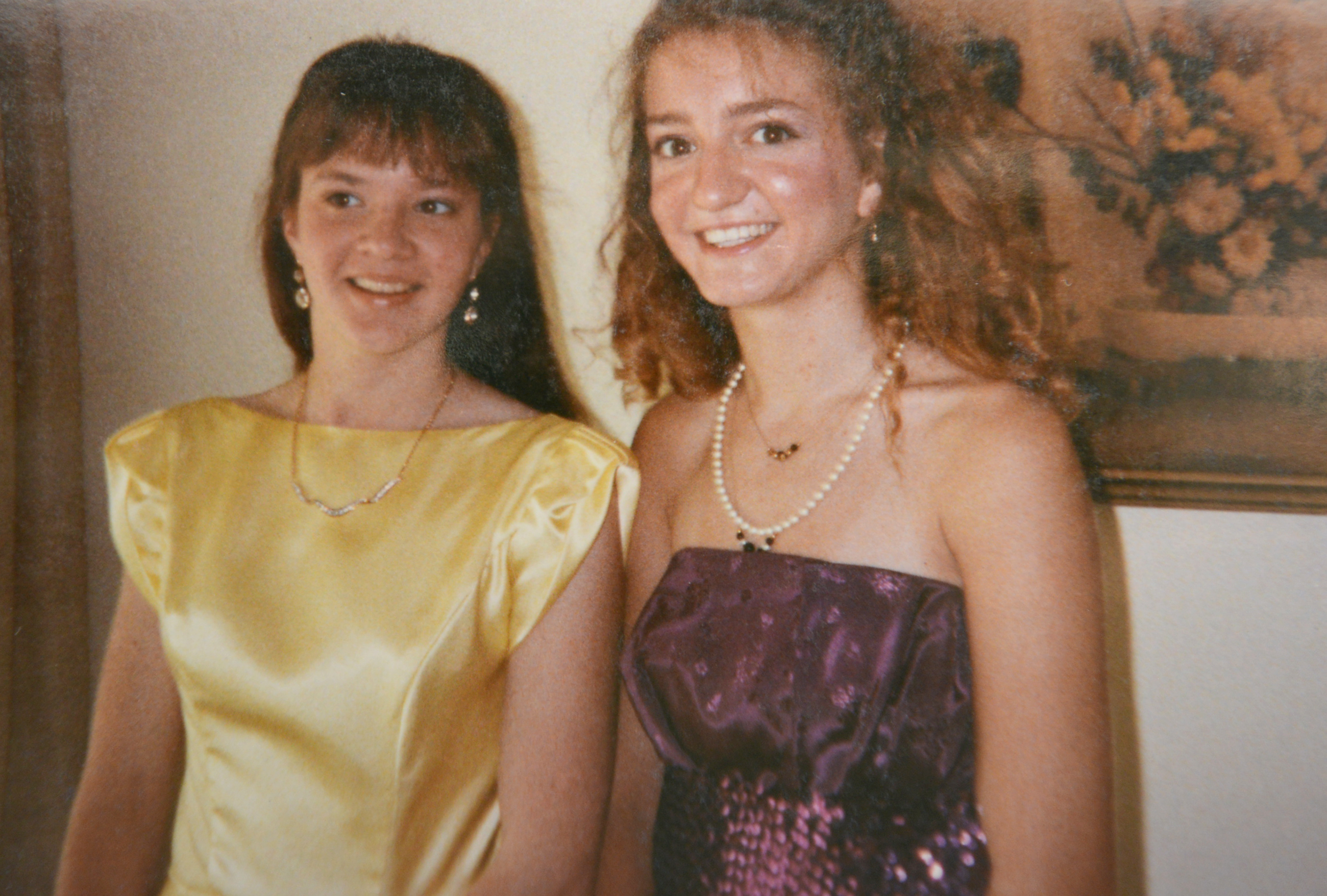
As Autumn Klein was entering her senior year in high school in 1988, Bob and Diane Ferrante were about to divorce.
The two had been married 17 years, living in quiet, middle-class Canton, 20 miles outside of Boston.
Bob, who was born and raised in Quincy, then a working-class town, had worked as a researcher after earning his bachelor's degree in 1970 at the University of Bridgeport in Connecticut and his master's in neuroscience a year later.
His career focused on neuropathology, and for several years he worked for Dr. Thomas L. Kemper, a neurologist who at the time was studying rats and monkeys at the Eunice Kennedy Shriver Center for Mental Retardation in Waltham, Mass.
Dr. Kemper said he and Bob worked well with one another, but when Dr. Kemper moved to Harvard Medical School, Bob went to Massachusetts General Hospital. He worked as a clinical laboratory supervisor and began the research on Huntington's disease that became one of his areas of specialization.
Bob and Diane Ferrante had a daughter, Kimberly, in 1980 and a son, Michael, three years later.
By the time Michael was 4, it was clear that there were problems in the Ferrante marriage.
The couple filed for divorce in Norfolk County, Mass., in 1988. Their records indicate that an "irretrievable breakdown of the marriage" occurred on or about Sept. 1, 1987, which included their "different lifestyles, a breakdown in communication leading to a loss of affection."
The divorce paperwork included a three-page, single-spaced, 132-item list of everything in the house that would go with Diane when she moved out. It included their Noritake China service for 12, two Christmas cactus plants, their family picture, four Kleenex holders, half of the couple's cookbooks, self-help books, and six green placemats.
The couple agreed to share joint physical and legal custody of the children, but Diane stopped being part of the children's lives after the divorce. Bob's father, James V. Ferrante, called "Papa" by the children, moved into the family's home and helped his son raise Michael and Kimberly.
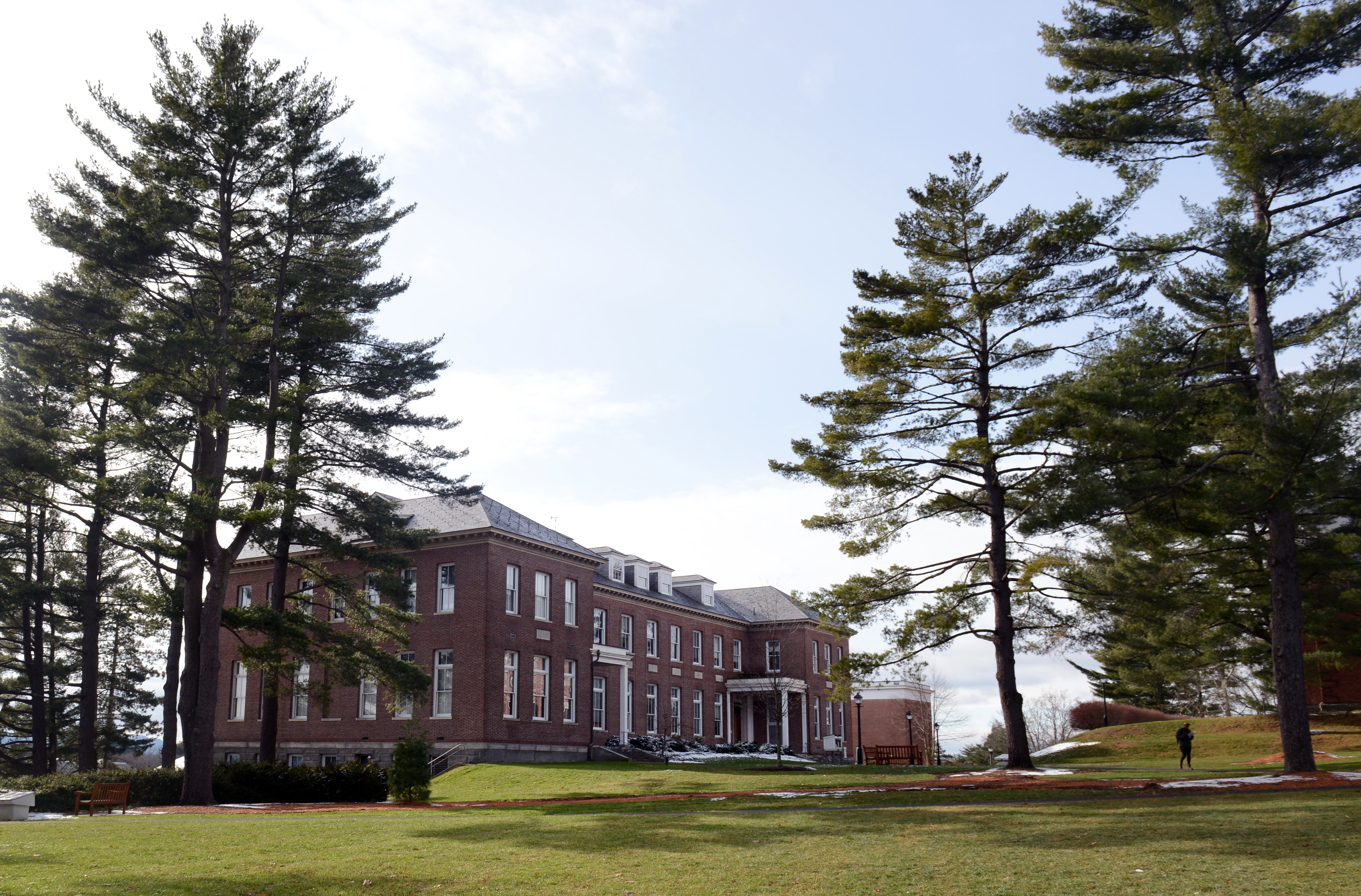
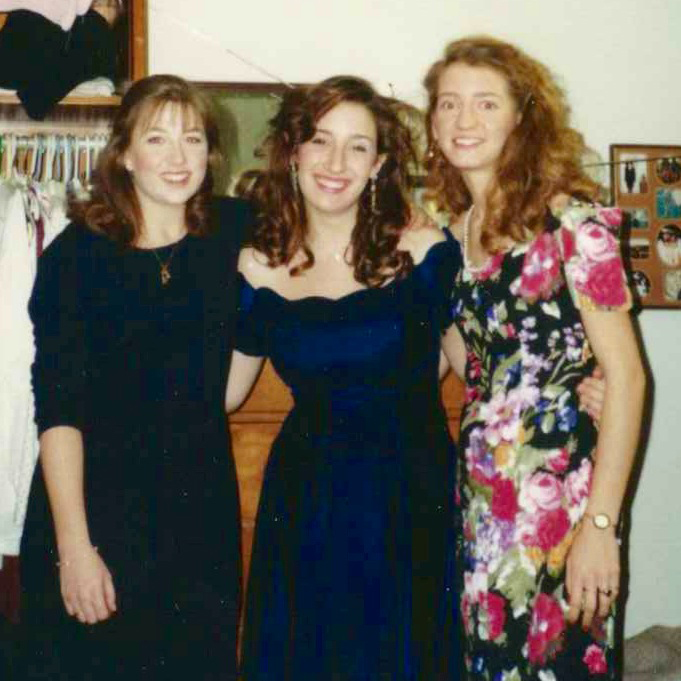

By the time Autumn was a senior, she was known as exceptionally smart and exceptionally kind.
She would regularly drop by the office of her AP biology teacher, Bette Kenzie, to chat. Their relationship was warm, and Ms. Kenzie used the 17-year-old as a sounding board for issues within the school.
At graduation, Autumn gave her teacher a clock that she had cross-stitched for her, featuring a scene of children playing on the top and a red schoolhouse on the bottom. The clock still hangs in Ms. Kenzie's dining room.
"It was so like her to give of herself and not buy it."
Autumn decided to go to Amherst College in Massachusetts, at least partly because a boy she was dating attended the small, prestigious liberal arts school as well.
When she headed to college in fall 1989, Autumn was 5 feet 7, had big curly '80s hair and was extremely thin. She moved into a single room — like all the girls on the second floor of Morrow — where she became part of a group of eight on that side of the hallway who made fast friends. They called themselves "first years," to avoid the sexism of "freshmen."
During that first week in late August, the group of friends sat on Memorial Hill, a beautiful spot overlooking the school's soccer fields. There they talked about how their lives were just beginning, that they had the "world on a plate."
"There was a sense you could do anything that you wanted," said Emmy Ludwig, another only child who was Autumn's next-door neighbor in the dorm. The two often discussed their wish that they had siblings to turn to when their parents were acting crazily. Autumn thought her parents could be disconnected from her generation, and she was frustrated by her mother's controlling nature.
Autumn, a work-study student, was more careful with her money than most of her friends at the pricey college. Three days a week she would leave early in the morning for Valentine Dining Hall to work in the cafeteria.
Autumn knew right away that she would double-major in neuroscience and women's studies.
Harmony Wu, who was among that group of close friends that year, said Autumn's work habits could be intimidating and sometimes made the other girls feel guilty.
As the first in her family to go to college, Autumn put a lot of pressure on herself to succeed. She often skipped social events and "Tap," a school-sponsored party each week at which students of all ages were permitted to drink, but she never gave her friends a hard time for going.
When she did go out, she tended to sit back and observe, quietly taking everything in. She was nonjudgmental and kind.
Autumn liked Amherst not only because of the area, but for its history of great literature — Emily Dickinson grew up there. She proudly considered herself to be a feminist and was dedicated to women's rights.
Autumn began taking pre-med classes that first year, including fundamental chemical principles, where she met someone who became one of her best friends, Karen Kiang, when Karen was her lab partner and blew up their experiment.
"She was so gracious about it," Karen said. "She didn't get mad. She just laughed."
But there were pressure and anxiety too. Her friends worried that Autumn was anorexic. Often, instead of a full meal, she would eat rice cakes with jelly on them — using a knife to noisily scrape away the excess. Finally they contacted her parents, who told their daughter they would make her come home if the problem continued.
Autumn stayed, and in fact rarely went home.
"She loved that, like a lot of teenage girls do, being away from mother," Lois said.
The intense young woman was deep in her neuroscience program, which was one of the first of its kind in the country, and among the most challenging at the college.
To give Autumn a break and get a chance to see her, Lois and Bill made the six-hour drive to Amherst on her 21st birthday and surprised their daughter with balloons in her dorm, then took her out to dinner.
That senior year, Autumn also took part in the Five Colleges program, which allowed students to cross-register. She did her senior thesis, a rigorous research project, under Geert De Vries, an associate professor of psychology, at University of Massachusetts. Autumn would stain samples of rat brain sections and spend hours and hours behind a microscope studying the timing of the birth of cells.
The thesis that resulted, "Development of a Sex Difference in the Rat Brain," was a significant step as she began to work toward her M.D. and Ph.D. at Boston University.
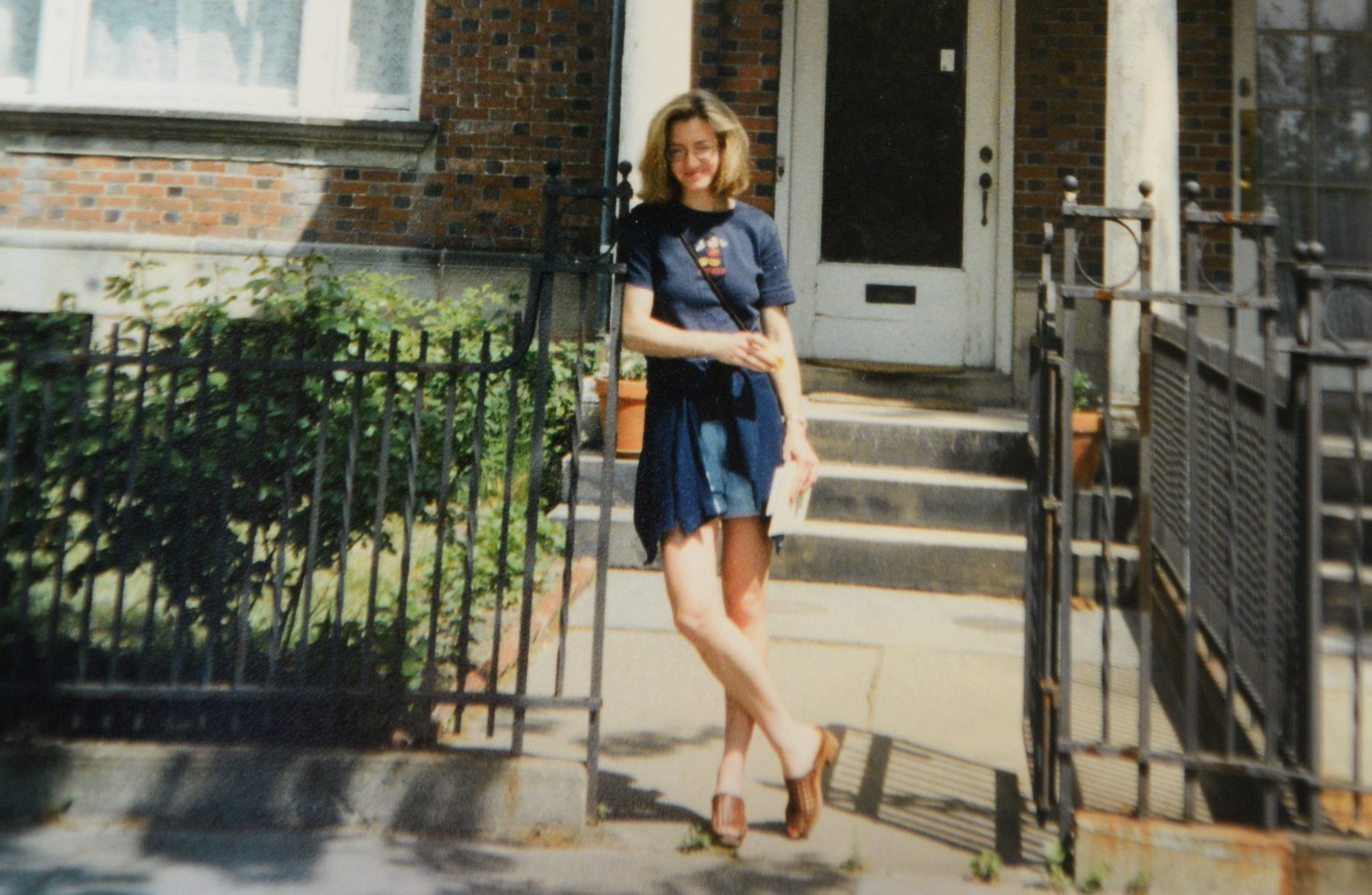
Autumn started medical school at Boston University in 1993 — the same year Bob was beginning his own Ph.D. work there.
Bob was working at the Bedford Veterans Administration Medical Center as a neuropsychologist and researcher. For years, he had been studying Huntington's disease, Alzheimer's and other neurodegenerative diseases. He was already a well-established and successful researcher, with dozens of publications.
He completed his dissertation, "Mitochondrial Energy Impairment as a Model for Huntington's Disease," in 1995. As part of his research, Bob injected the neurotoxin 3-nitropropionic acid (3-NP) into rats, which closely mimicked the brain damage observed in Huntington's disease.
In the acknowledgments for his dissertation, after thanking colleagues, he wrote, "I am forever indebted to my family, especially my father, James Vincent Ferrante, for their unflagging support, encouragement and assistance during these past years. Their pride is a source of great satisfaction to me."
That affection for his family never wavered.
The Rev. F. Washington Jarvis, the headmaster at Roxbury Latin School in Boston where Michael Ferrante attended, described Bob as "the most exemplary father any boy ever had."
"Though he was busy as a researcher, he never missed a game. He was always there for every event. People loved him."
Bob was the ideal father, serving in the role of both parents. He coached Michael's sports teams — soccer, basketball, football and baseball — and kept the household together with Friday night laundry and TV nights.
He knew the other parents at school and participated in group service projects.
Once, in Michael's junior year, when he was quarterback of the school football team, Michael came down with mono.
"I could see his father anguished by his boy who desperately wanted to be happy," Father Jarvis said.
Bob knew there could be danger to his son's spleen if he were to be hit playing, but he also knew how much the game meant to Michael.
Father Jarvis made the decision for them, forbidding Michael from taking the field.
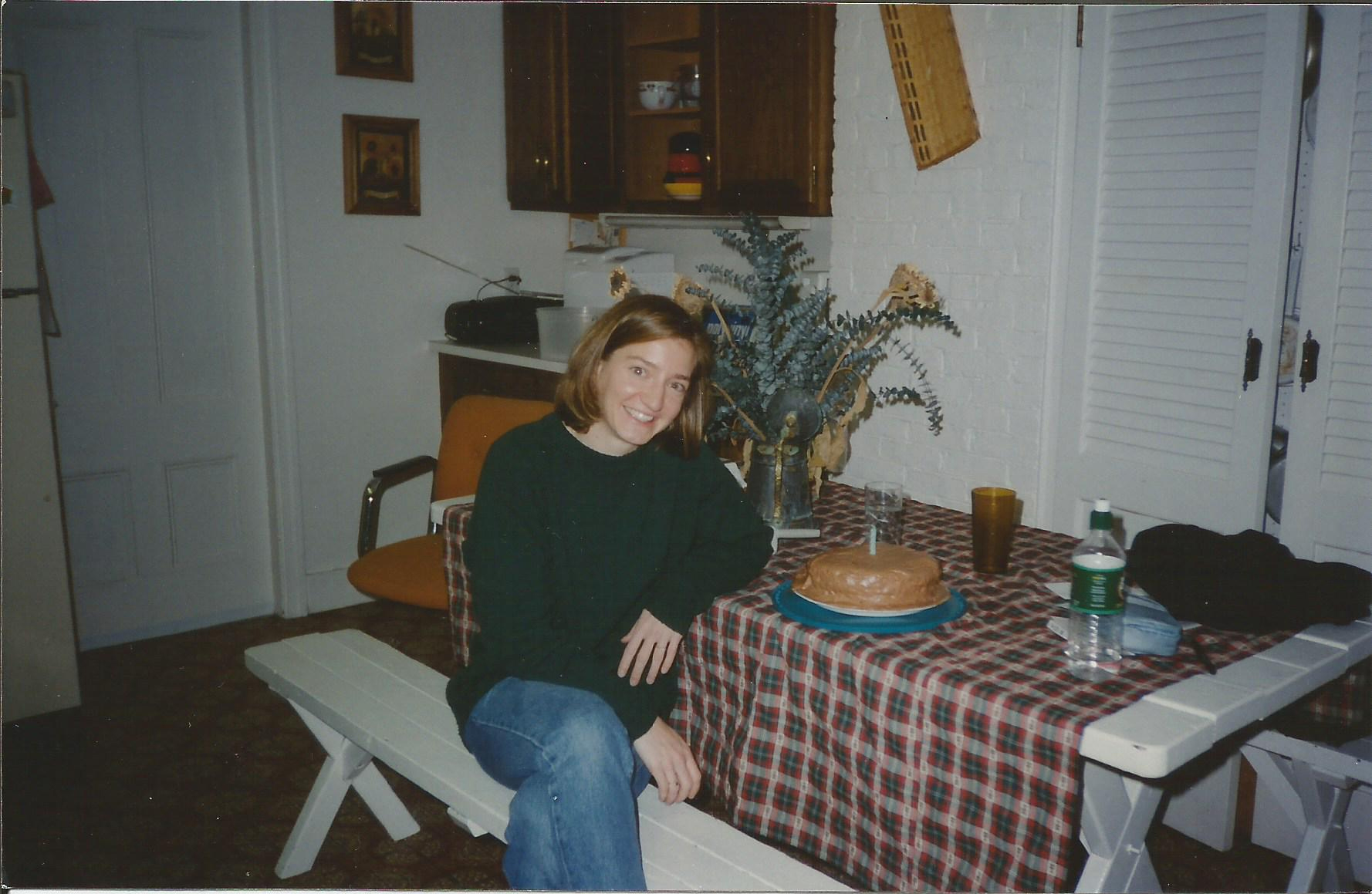
Autumn's parents opposed her decision to attend graduate school in Boston, but she didn't care.
The intense workload for the combined M.D./Ph.D. program required at least seven years and was divided among two years of medical school, three years of Ph.D. work and finally the last two years of medical school, which included rotations through various medical specialties.
All through her career at BU, Autumn chose the toughest classes and toughest rotations.
She crammed in time for running (she ran her first marathon — in 3 hours and 48 minutes — in 1997 in Vermont) and friendships.
Her fellow Amherst grad Karen, now a medical student at Yale in Connecticut, would drive to Brookline, Mass., to see Autumn about once a month. They'd study together, gulp down heaping bowls of Cheerios, talk about men and shop at Trader Joe's.
In her first year at BU, Autumn met and seriously dated a fellow med student from Greece. She talked about moving in with him but never did. Her friends thought he could be controlling — telling her how to dress and often draping his arm around her as if he owned her.
In a letter she wrote to Sharon in May 1995, Autumn referred to the notion of moving in with her boyfriend, said she had been studying for boards, was reading "Anna Karenina" for fun and was exhausted.
"I'm off to eat and get drunk," she wrote happily.
Ultimately, Autumn broke up with him.
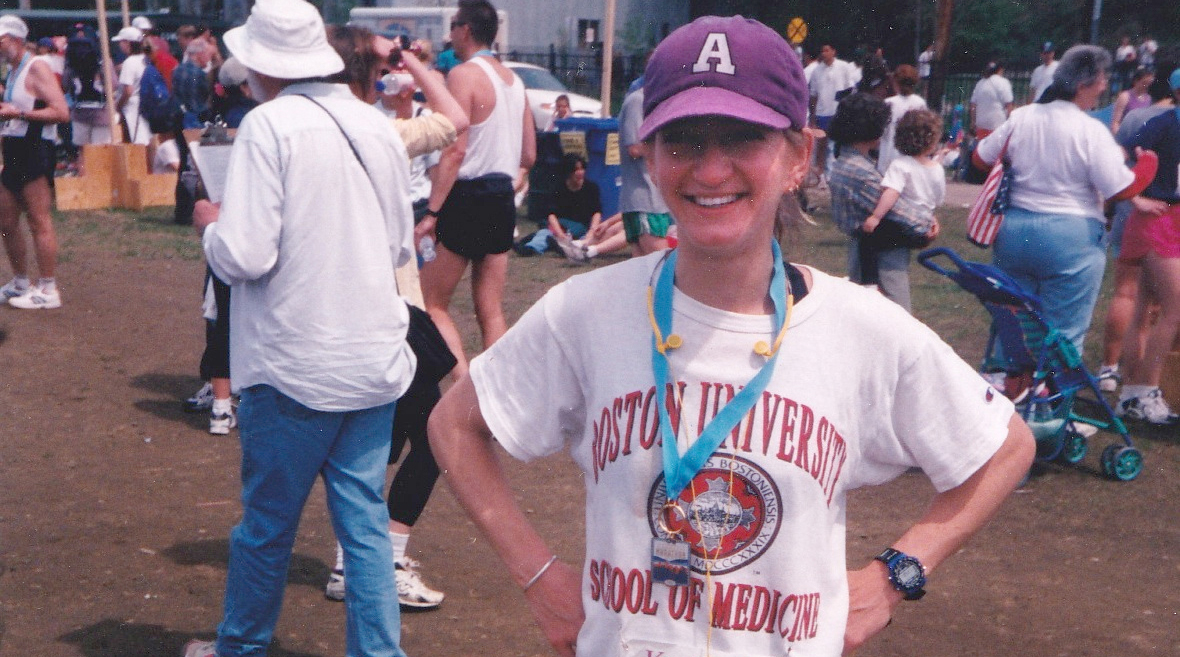
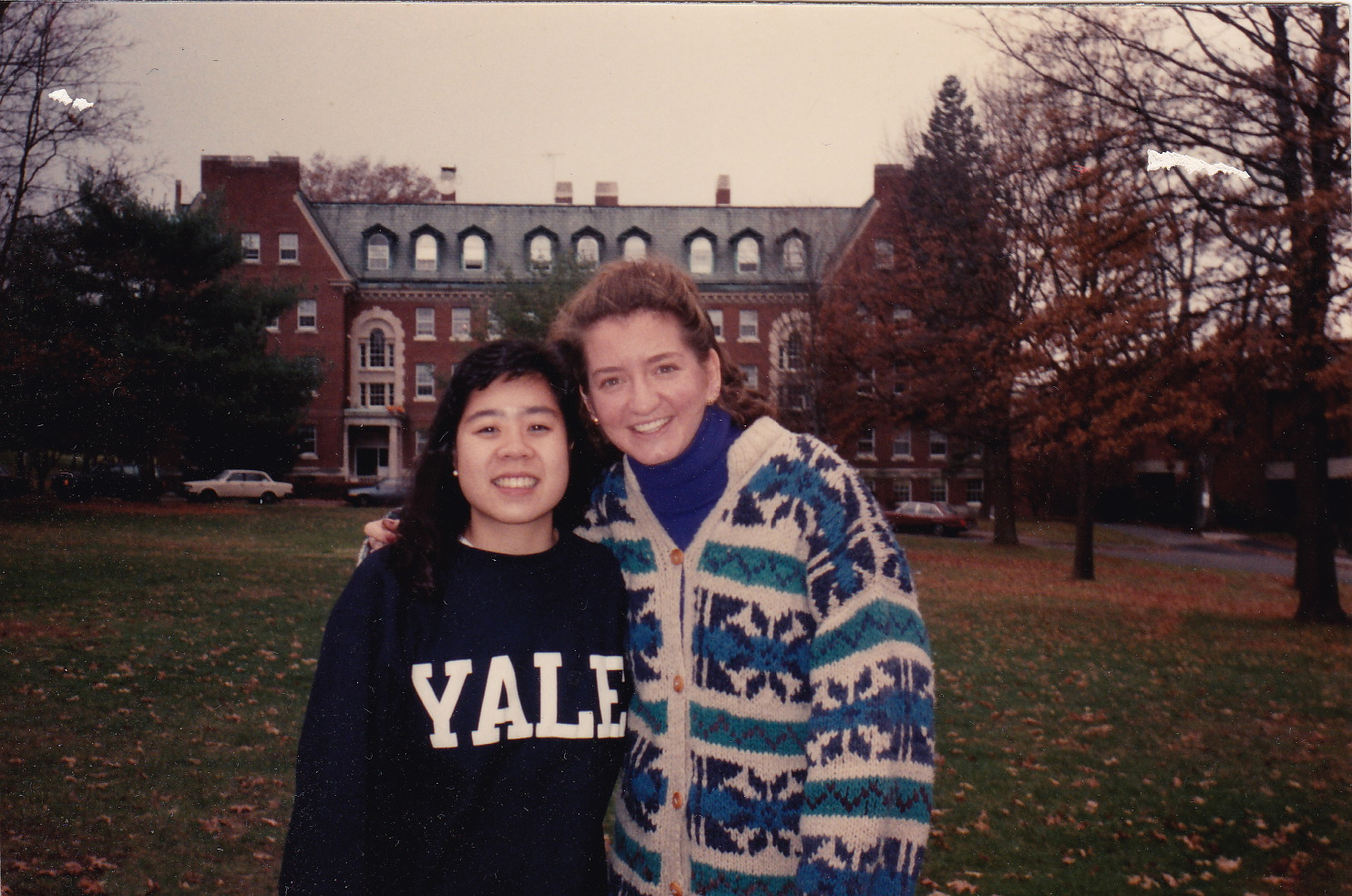
During her doctoral program in 1995, Autumn went to work in the lab at the Bedford Veterans Administration Medical Center. Her supervisor, Neil Kowall, asked Bob Ferrante if he wanted to work with her.
"Bob said, 'I'll take her,' and he did," Lois said.
The two developed a friendship, and she told those close to her that she liked him.
"She was attracted to him for a long time," Karen said. "It didn't happen smash bang. It took a long time."
Karen questioned Autumn about the circumstances — Bob was 23 years older than her, he was a supervisor in the lab.
" 'Are you sure?' " she asked.
And Autumn always said yes: " 'He's so attractive and so smart,' " she said.
Autumn was fully aware of the power dynamic with the two of them.
"She's smart. She'd considered all that," Karen said.
Autumn knew all about Bob's life — that he had raised two children alone — and respected the man all the more because of it.
"With Bob, it was a very different feel than anybody she had dated before," Karen said. "Intellectually, he challenged her. She admired the way he thought. I think she probably aspired to be that successful in her field."
By the time she completed her dissertation in 1998, "Beta Amyloid Injections Cause Cortical Injury and Oxidative Damage in the Mouse Cerebral Cortex," they were involved. In the acknowledgments, she thanked her parents, Dr. Kowall, Karen — and Bob.
"I would also like to thank Dr. Robert J. Ferrante — this much."
